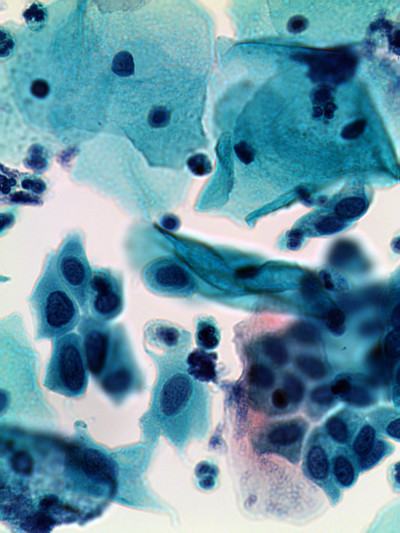Laboratory Services
Parasite Identification, Varies
Print this pageUpdated Test Information:
| Test Description |
Parasite Identification, Varies
|
|
|---|---|---|
| Synonym(s) |
Scabies; Bedbug; Louse; Mite; Tapeworm; Tick; Flea; Worm |
|
| Test ID |
PARID
|
|
| Performing Lab |
Labcorp |
|
| General Information |
Useful for:
|
|
| Specimen Type |
|
|
| Specimen Requirements |
Sterile Container |
|
| Specimen Collection / Processing Instructions |
|
|
| Minimum Sample Volume |
Entire specimen |
|
| Required Information |
|
|
| Stability |
|
|
| Limitations |
This test identifies a tick's species, age, sex, and level of engorgement. It does not include analysis of ticks for the presence of Borrelia burgdorferi, the causative agent of Lyme disease. Testing ticks for potential pathogens such as B burgdorferi is not recommended since it does not indicate if the organism has been passed to the host during feeding. Instead, morphologic features of the submitted tick including the gender and degree of engorgement are more useful for predicting the risk of B. burgdorferi transmission. Only female ticks transmit B burgdorferi, and they must be attached for 36 hours or more for transmission to occur. The latter is reflected by the degree of tick engorgement. Ticks that are not engorged with blood pose little risk for Lyme disease. |
|
| Methodology |
|
|
| Estimated TAT |
1-4 days |
|
| Testing Schedule |
Monday-Friday |
|
| Retention |
7 days |
|
| CPT Code(s) |
87169 |
|
| Reference Range |
A descriptive report is provided |
|
| Reflex Conditions |
|
|
| LOINC Code(s) |
20932-0 |
|
| Additional Information |
